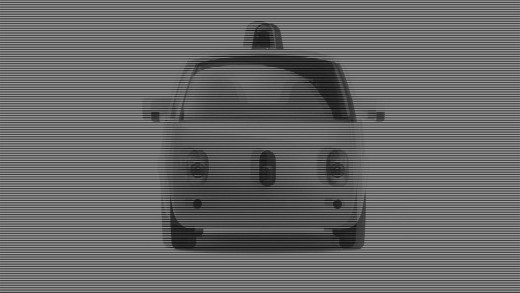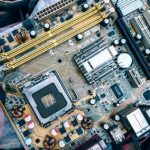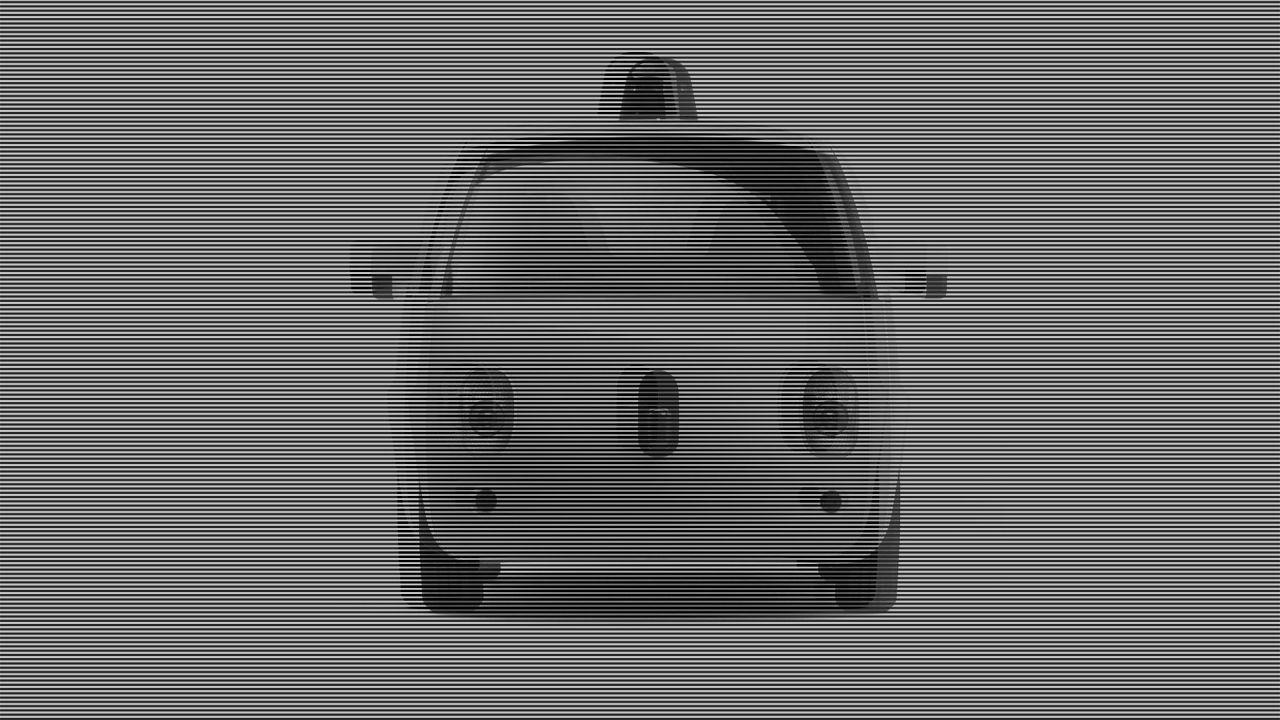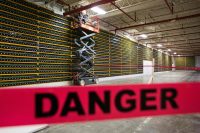Why Detroit needs person-centered Design
U.S. car makers could analyze a thing or two from the design minds and methods of Silicon Valley.
December 3, 2015
closing month, I attended the related car Expo on the L.A. Auto convey. This used to be my first CCE/LA, and that i went to raised consider how automakers are enthusiastic about the future—namely the rising relationship between automobiles and expertise that is poised to develop into both trade and society at an immense scale. From self sustaining autos to augmented fact, ubiquitous sensors to computing device studying and pervasive computing (to call only a few), the future of the linked automotive is up for grabs.
meanwhile, the automotive industry is caught in the mud—an aging aristocracy paralyzed with the aid of its own hubris, infrastructure and inertia within the face of external disruption spanning hardware, device and services and products. now is the time for giant thinking and focused strategy—neither of which were on show in LA. instead, automakers are making small bets and big claims, whereas evidencing the form of function-targeted innovation that characterizes the way in which things have all the time been performed. The race is indisputably on, but the course is unclear.
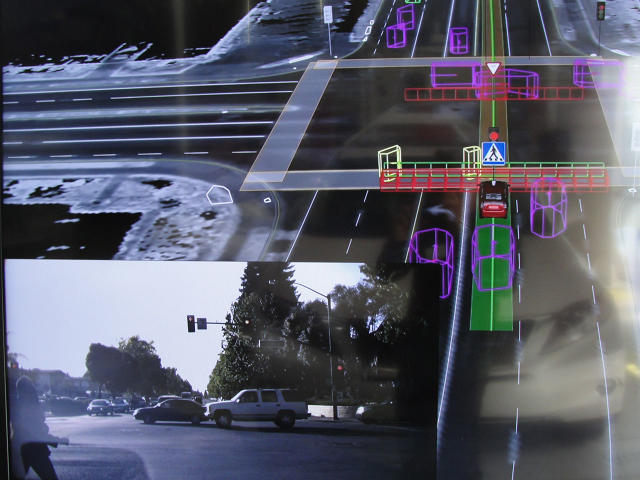
Fuzzy Autonomy
just about each major automaker has introduced plans to ship self reliant autos between 2020 and 2025. A panel on the topic bolstered the importance of trust as a basic building block of self sustaining methods, but also recounted that “There will probably be accidents” alongside the best way. When asked in regards to the “handoff drawback” (safely managing shifts in control between automobile and driver), the panel instructed that vehicles must present sufficient transition time, and drivers will simply need to get higher. this type of naïve sentiment illustrates how OEMs aren’t addressing the complexity of our transition to AVs, specifically in the case of first-generation programs to be able to require important human monitoring and interplay.
The recent Tesla instance is a cautionary tale, and an example of how disasters in the human-machine interface (HMI) no longer handiest result in poor user experience (UX), however may indirectly be existence-threatening. as a result, the transition to AVs could be very so much a human evolution grounded in designing a fancy and nuanced relationship between the laptop and us—in spite of how excellent the computer could also be. For automakers, this means adopting a extra rigorous human-established design process and a holistic option to product expertise that places the user within the middle, now not simply in the driver’s seat.
upward thrust of The Bots
A recent IBM survey of a hundred seventy five auto executives concluded “automobile enterprises should adapt to how shoppers can get entry to automobiles in new methods and use them of their digital lives—and the way cars now match into an more and more complicated web of transportation options.” As services like Uber and Lyft redefine person automotive possession in city settings, it’s now not shocking that OEMs are also experimenting with new industry fashions, evidenced by way of contemporary car-sharing programs from Ford and Chevrolet (in London and big apple, respectively).
And yet, these look like small bets that betray a reactive strategy in comparison with extra ambitious, results-targeted pondering from executive (of all locations). the la Mayor’s place of business introduced a coalition to prepared the nation’s most car-centric metropolis for an self sustaining future, with the intention of casting off site visitors fatalities via 2035. The President of the LA Taxi commission encouraged a vision for TaxiBots—a fleet of small driverless automobiles that would create equal get admission to to mobility across the town at costs similar to public transit. past this year, a French learn about advised that independent taxis could cut back car congestion by way of as much as ninety%. As all these forces collide—know-how, infrastructure, legislation and coverage—govt must transfer quickly to enable future mobility at the scale of town. This can be no easy job.
For OEMs, many existential questions referring to automation have been left unanswered—like who will make these new sorts of vehicles which can be optimized for sharing? How will changing tendencies in individual ownership influence demand, and encourage new services? Who will design and supply these services and software? How will law will form the business? And most of all, how will the elemental trade variation exchange?
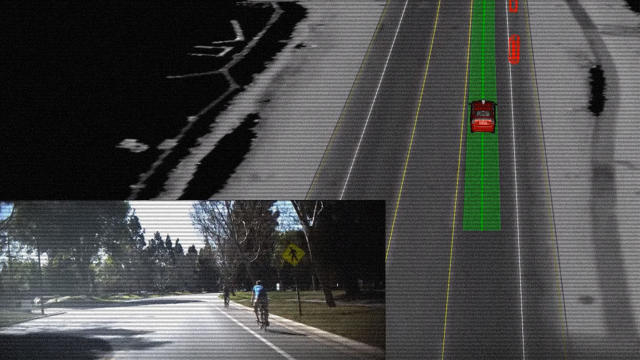
what’s a linked automobile, anyway?
audio system from JD power and strategy Analytics introduced research indicating that, simply put, consumers are confused concerning the related automotive value proposition, and lots of have by no means even tried the various features in their vehicles. Kristine Kolodge, from JD power, offered a new framework for quality, evidenced with the aid of a shift from the absence of defects (the previous definition) to the emergence of value grounded in belief and value. For automakers, that is each excellent news and bad news. the nice section is that safety and engineering fit squarely within the OEM domain. The unhealthy part is that usability and delight—in particular in relation to complicated HMI programs—does not.
Enter Google (and Apple, Microsoft, Amazon . . .)
The Android Auto crew spoke about the product design course of—reflecting on the distinctive challenges of brining cellular UX into the auto, where it should function as a 2d precedence to the centered job of using. compared to the tortured, dated UI that characterizes most OEM offerings, the Android expertise is familiar, stylish and purposeful—exactly what you can predict from Google, and evidence of the huge distance between Detroit and Silicon Valley, in both attitude and capability.

Detroit might study so much from the tech companies, particularly in the case of iterative design, research and prototyping—a course of acquainted to any person in UX but alien to automobile. The Google presentation was once the one second the place the focus was once on designing for users (active contributors) versus customers (passive members). In some of the least inspiring moments of the convention, a panel of trade experts awkwardly explained the definition of MVP (minimum attainable product), but failed to go any longer in detailing how and when a “lean” solution to product construction could be most related (hint: in creating solutions to HMI, specifically when dealing with automation).
taking into account the market place and technological advantages of Google and Apple in cell, it’s arduous to imagine a unique future for the heart stack, if no longer all the digital platform. As autos gain connectivity, the worth proposition will regularly shift from hardware to device, and from object to expertise. As vehicles turn into self reliant and rely on new applied sciences like laptop finding out and AI, the instrument and service layer will develop into even more treasured—not directly rendering the automobile a passive instrument through which a mostly digital expertise is delivered. It also implies that device and services and products would be the most very important paths for future innovation. For Detroit, that’s not a shiny future.
high Gloss, Low Tech
in an instant following the connected automobile Expo was once the LA Auto show, an car spectacle within the purest, most voyeuristic type. It underscored the fact that the OEMs are great at constructing automobiles—beautiful icons that stir our feelings, evoke rich mythologies of riding, connote energy, and confer each person and tribal identity. The cars were offered as an unapologetic union of aesthetics and feature-pushed efficiency, polished to perfection—however not directly mute when it comes to the promised experience. As a last dash of irony, a local named “Tech Zone” used to be relegated to the basement of the convention middle, deserted and without anything else on display.
Remarkably, the elemental definition of what a automobile is—and means—hasn’t changed. The auto convey displays who we are, but it seems like an increasingly more nostalgic thought. The romance fades in site visitors, and there’s a clear pressure between the automobile of nowadays and the future of mobility. Will we feel the same method about independent vehicles? a few automobile service? About software? What’s the path between at times, and the way will automakers evolve? Will the business be ready disrupt itself—and indeed a whole culture—in the process of making the bounce?
For automakers, this may increasingly require a big evolution grounded in a clear innovation technique, complimented by means of the acquisition of recent talents and applied sciences to build a sustainable, future-targeted trade version. it should involve remaking the current worth chain altogether. If Detroit can adopt a real user-established mindset, it could as soon as again capture our imagination and construct the following great products—and services—that individuals love.
quick company , read Full Story
(26)

